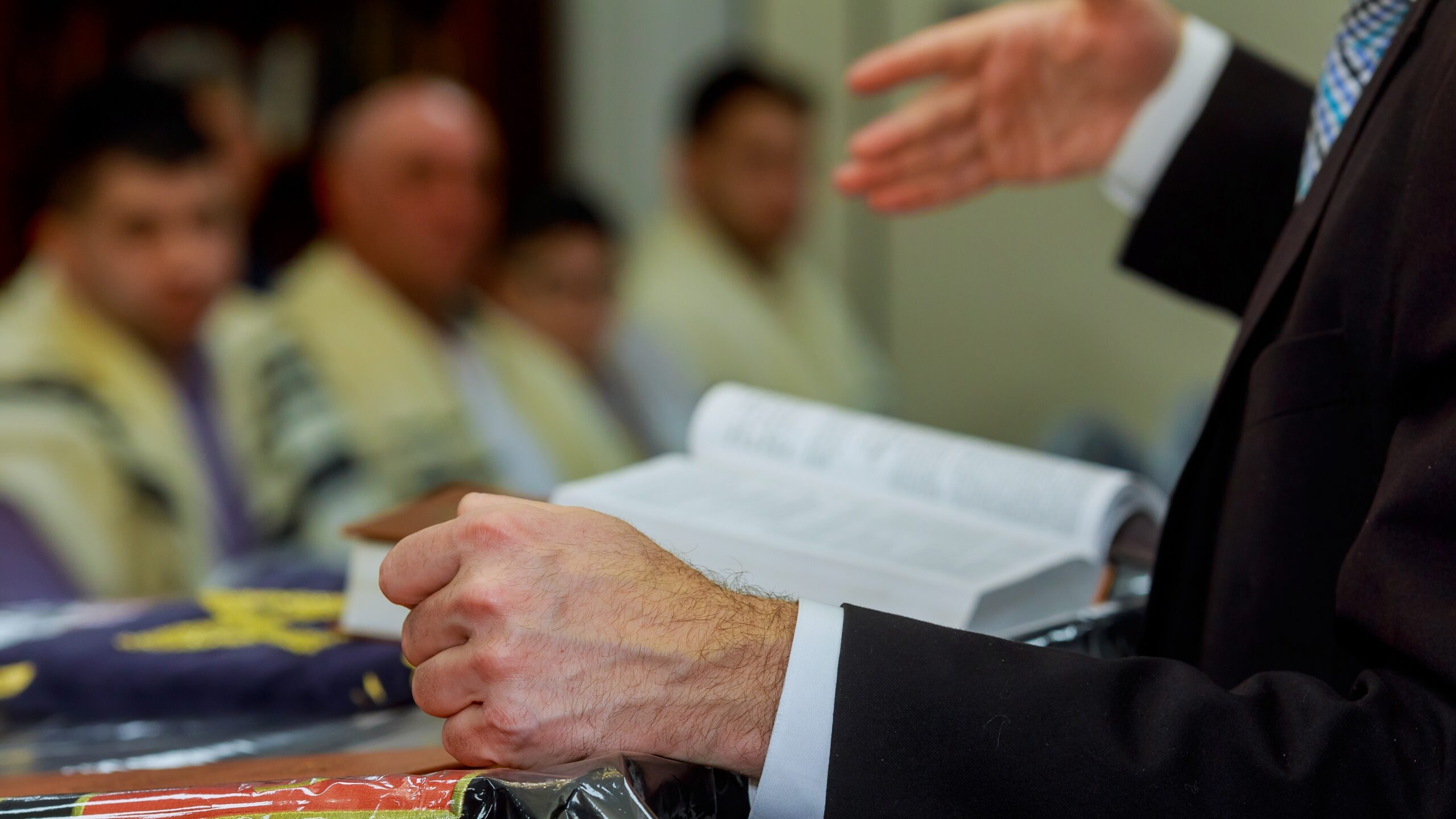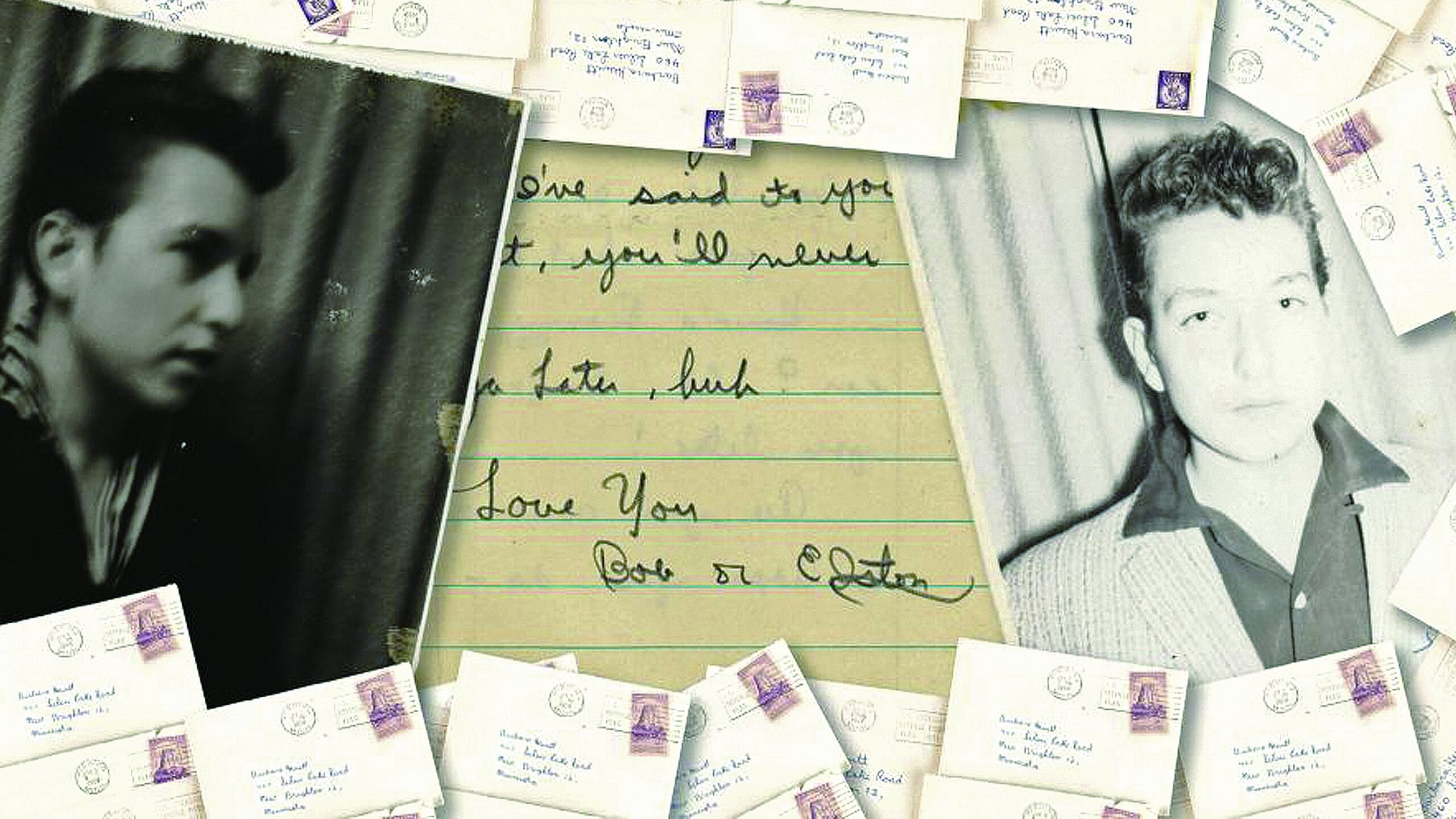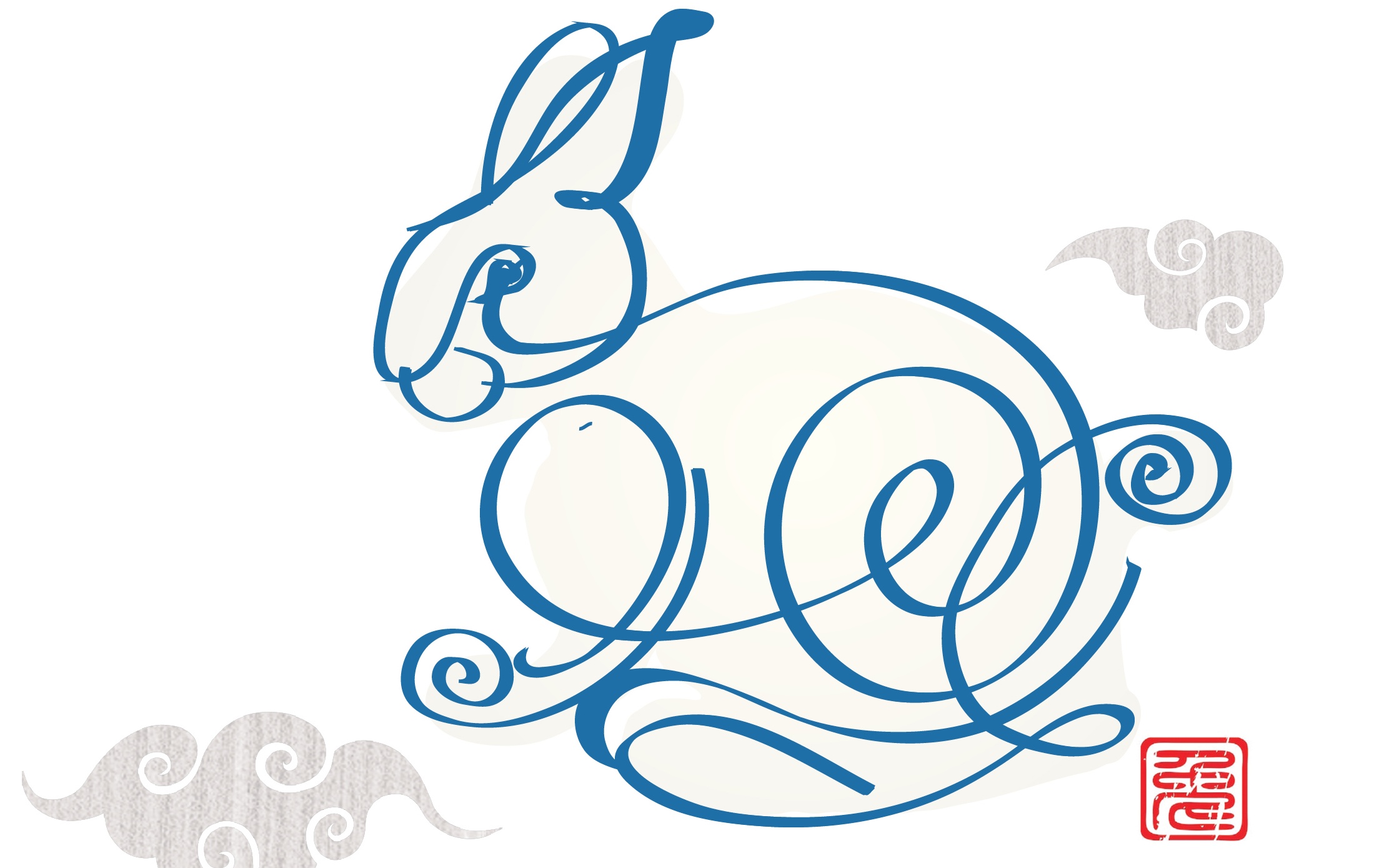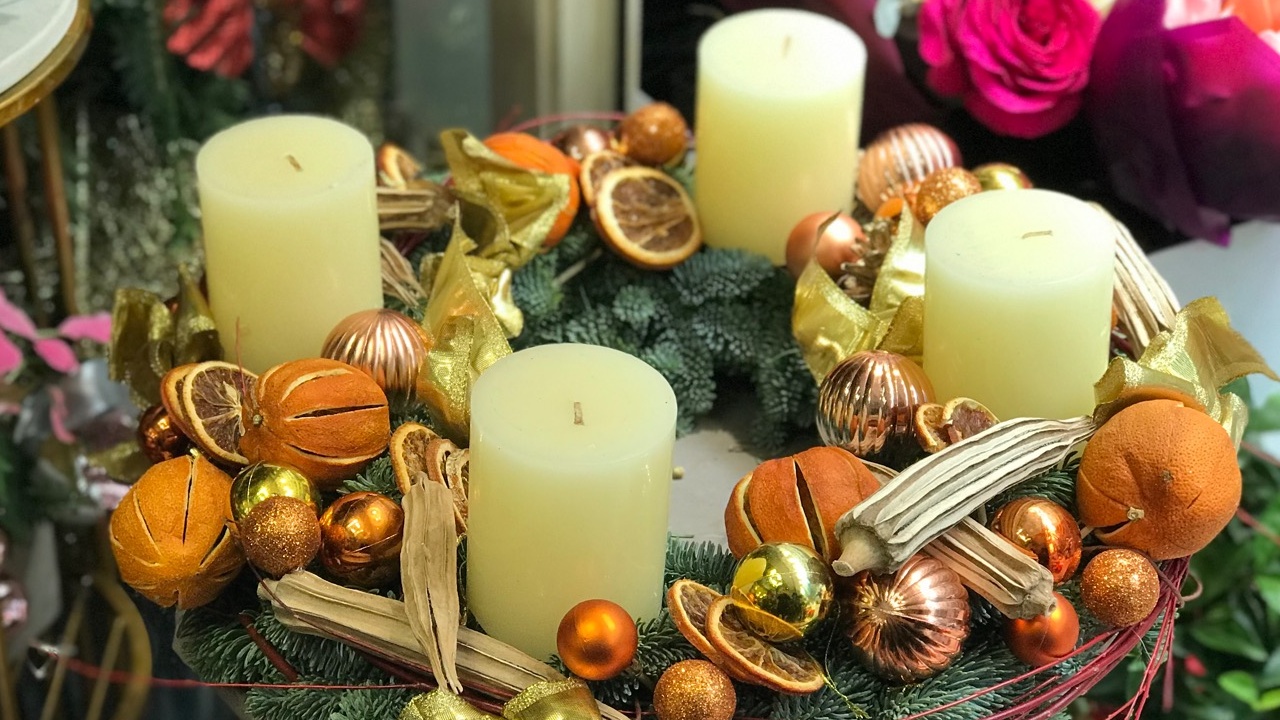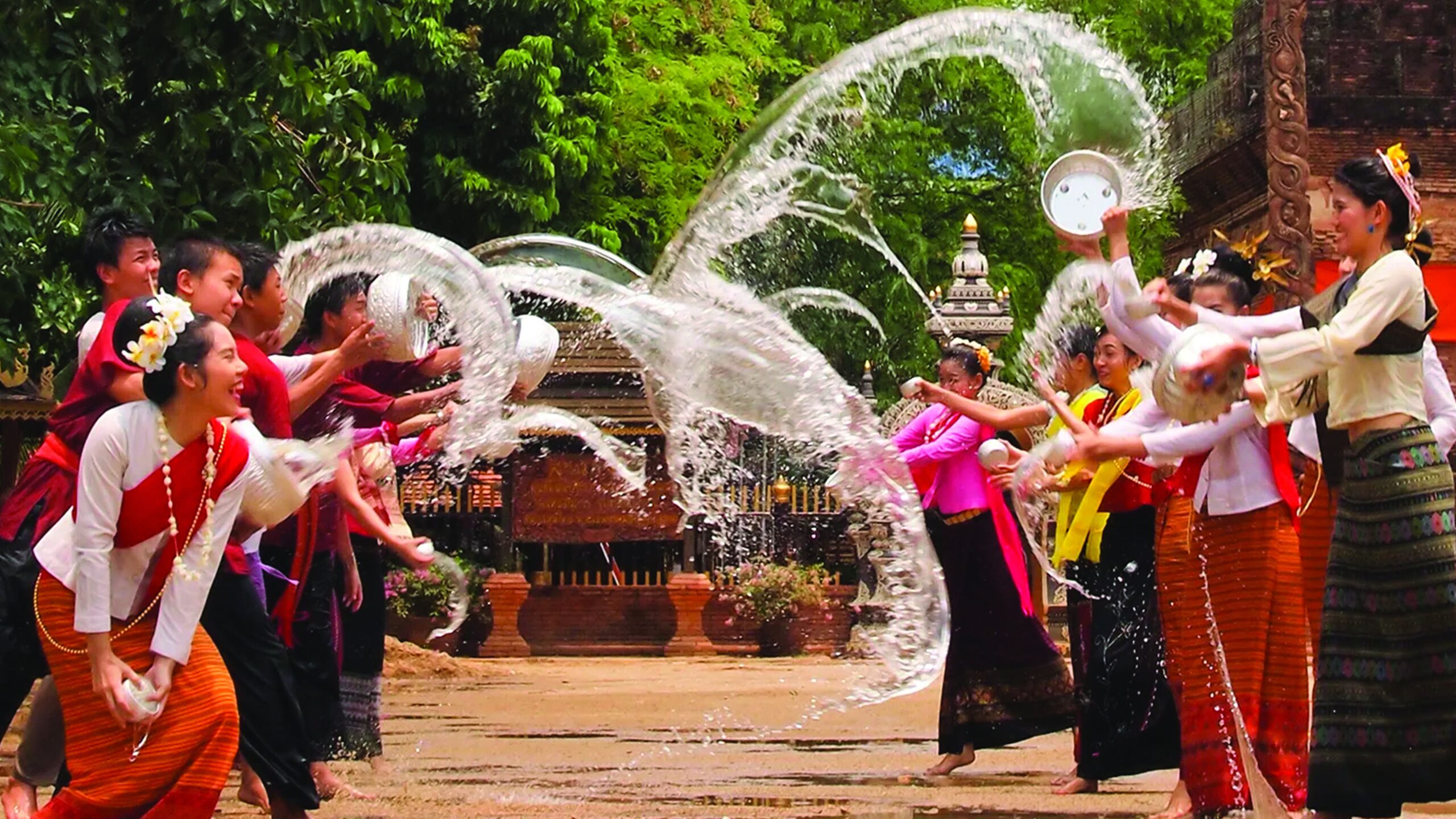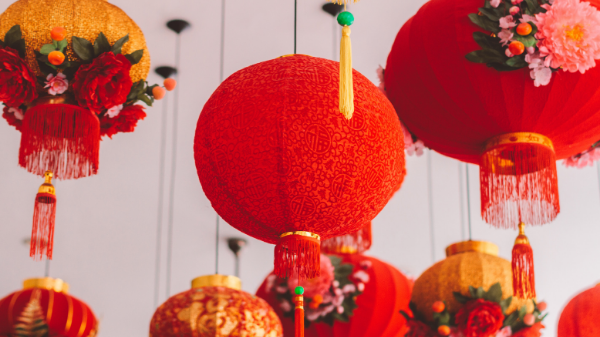
A day-by-day guide to celebrating Lunar New Year
Chinese New Year is an important occasion that strictly follows customs, rules and superstitions that reflect on the values and tradition of Chinese culture. Below, we track the highlights of the 15-day festivities.
According to the Chinese calendar, the Chinese New Year begins with the first full moon on the first day of the first lunar month (February for 2021). Also known as Lunar New Year or Spring Festival, it is the longest holiday in Hong Kong and its festivities stretch for 15 days, ending with the Lantern Festival. During these 15 days, celebratory feasts, family reunions, honouring ancestors and praying to the gods are all part of celebrating this auspicious time of the year to welcome in happiness and good fortune.
First day (初一)
The first day of the new lunar year is an important day that symbolises a fresh start. Families pay a visit to their elders, particularly the most senior of the household, to pay bài nián (New Year’s wishes). Guests traditionally arrive bearing lucky fruits such as tangerines, oranges and pomelos and are welcomed with tea, fruits and a variety of candied treats, typically served in a round tray with eight compartments called a ‘Tray of Togetherness’, meant to sweeten one’s year and to symbolize the unity of a family.
Second day (開年)
The second lunar day is dedicated to visit the in-laws. Married women will visit their side of the family, often bearing red pockets to give to the young. Sweet fried dumplings called Yau Gok (油角) in the shape of ingots are prepared to bring a luckier and more prosperous year. Lion dances and Chinese operas are usual forms of neighbourhood entertainment, and firecrackers are also lit to ward off evil spirits.
Third day (初郝)
The third day of the New Year is one that carries with it many taboos. Although it is a day dedicated to visiting the grave of ancestors, staying out for too long and house visiting is considered bad luck as it is believed that evil spirits roam the earth on this day. Arguments and making fire are also best avoided to ward off bad spirits and poor emotions for the year ahead.
Fourth day (初四)
On the fourth lunar day, all businesses closed during the prior festivities will reopen and everyday activities begin to return to normal, including cleaning and sweeping. According to legends, this day is dedicated to the God of Wealth. People tend to stay at home to welcome in wealth, prosperity and abundance as it is believed that the deity will pay visits to homes on this day.
Fifth day (初五)
This day marks a day to drive away the Ghost of Poverty by getting rid of old clothes, broken items and throwing out garbage. As it is believed that keeping rugged and broken objects will attract poverty.
Seventh day, (人日)
The seventh lunar day is known as Day of Men, also known as renrì (people day). It is mankind’s birthday, a day on which every person grows a year older. The occasion is celebrated with yet another feast comprising of ingredients that have symbolic meanings related to improved health, such as fish- a symbol of abundance, vegetables and a dish called Seven Gem Porridge consisting of kale, leek, mustard leaves, celery, garlic, spring vegetable and thick leaf vegetable for prosperity and vigour.
Eight to Fourteenth day
The following days after renrì are dedicated to specific deities such as the the God of Millet and the God of Stone. Incense and candles are burnt in honour of these deities, and the days leading up to the 15th lunar day are spent preparing for the closing of the new year festivities also known as Lantern Festival.
Fifteenth day (元宵節)
The 15th day marks the first full moon after the Spring Festival and of the New Year festivities. Known as Lantern Festival, vibrant displays of lanterns decorate the streets and homes to guide lost spirits home. Another reunion dinner is prepared to celebrate the bonds of friends, family, nature and the deities that bless the year with prosperity and good fortune. Mandarin oranges and sweet glutinous rice balls called ‘tong yuen’, are significant parts of the feast, symbolizing good fortune, reunion and togetherness.











